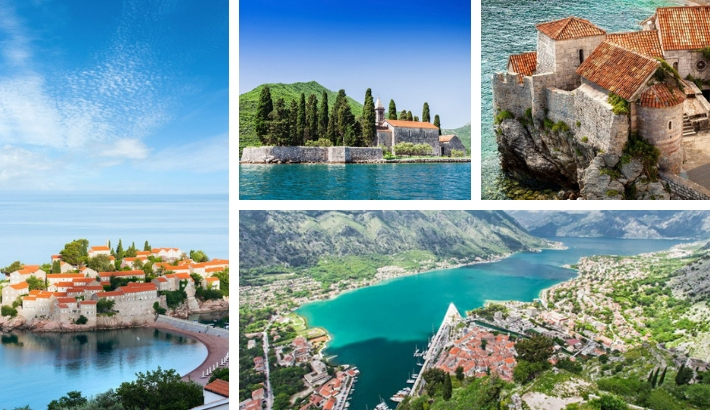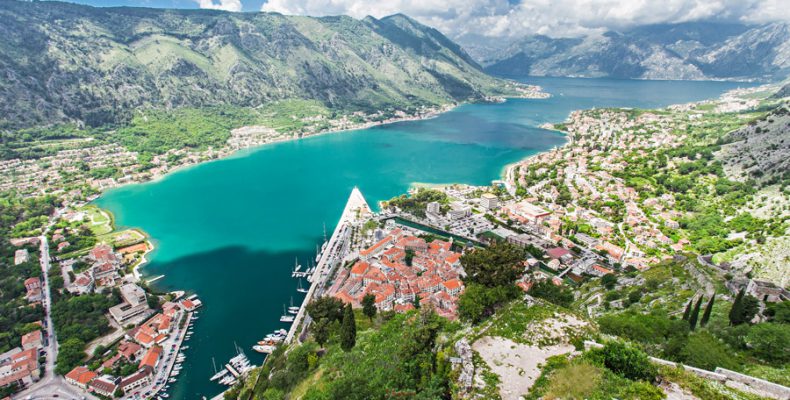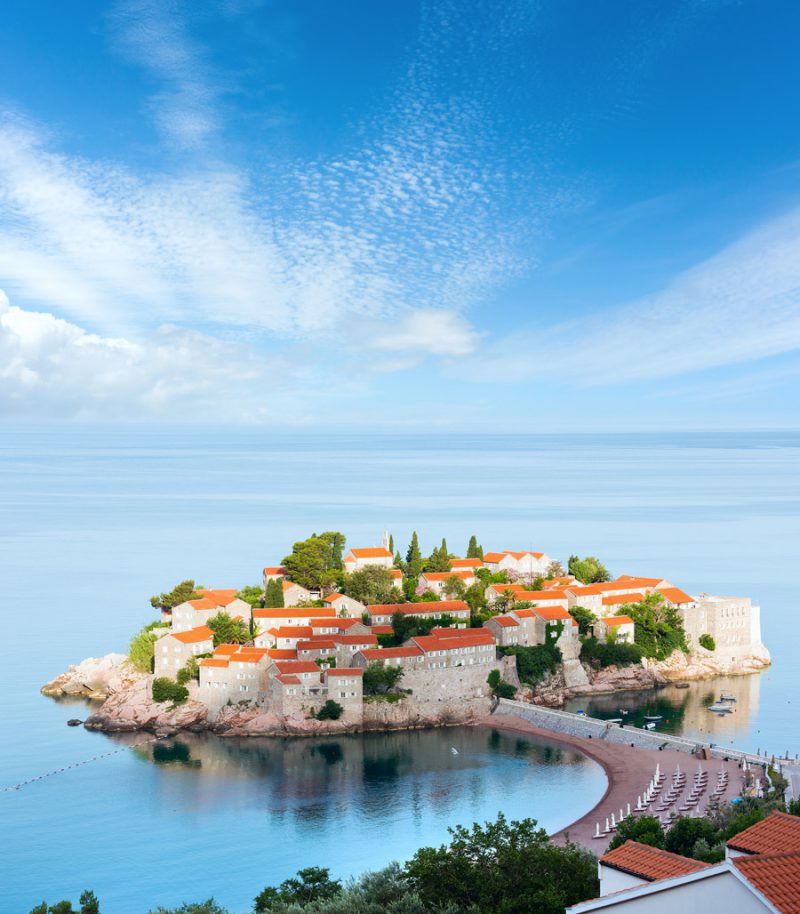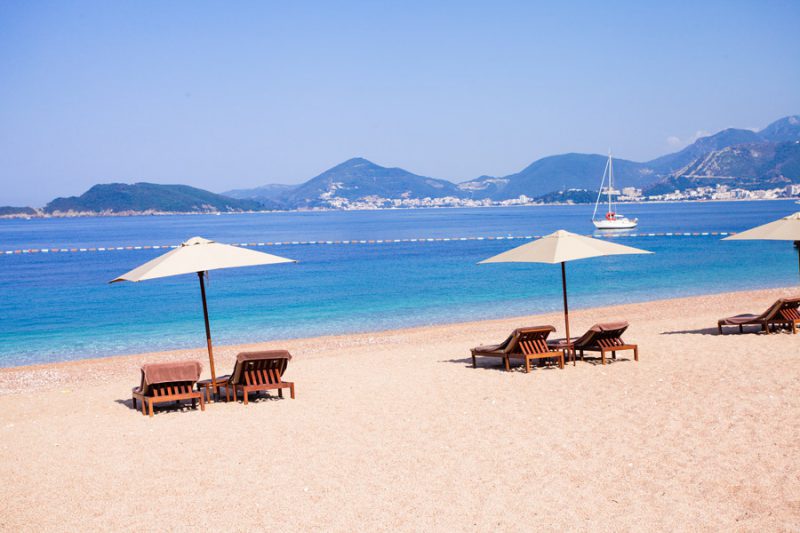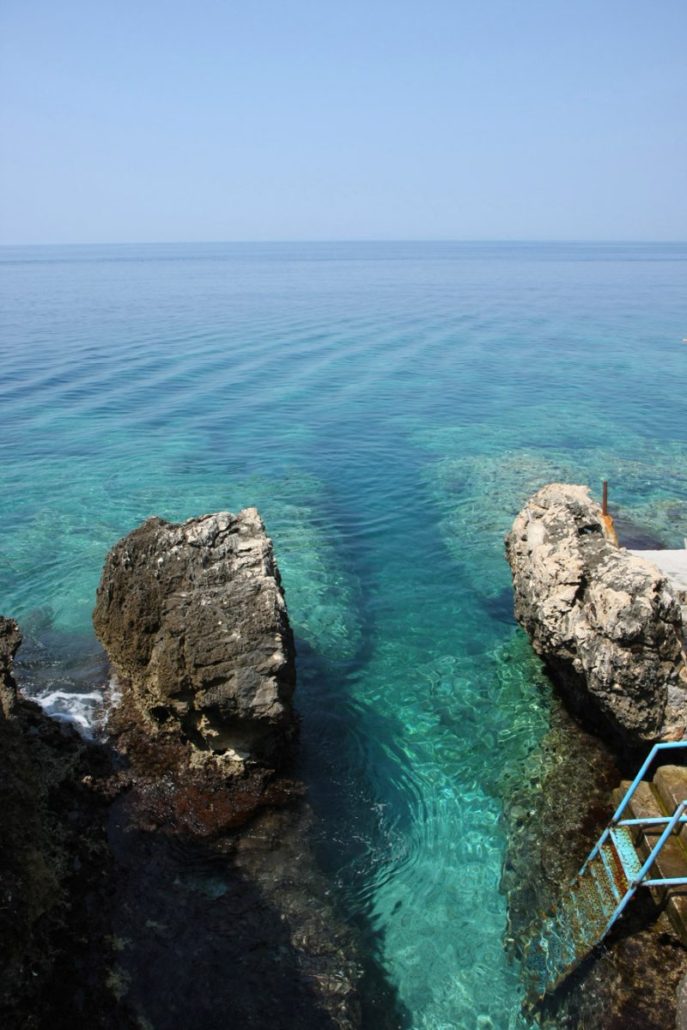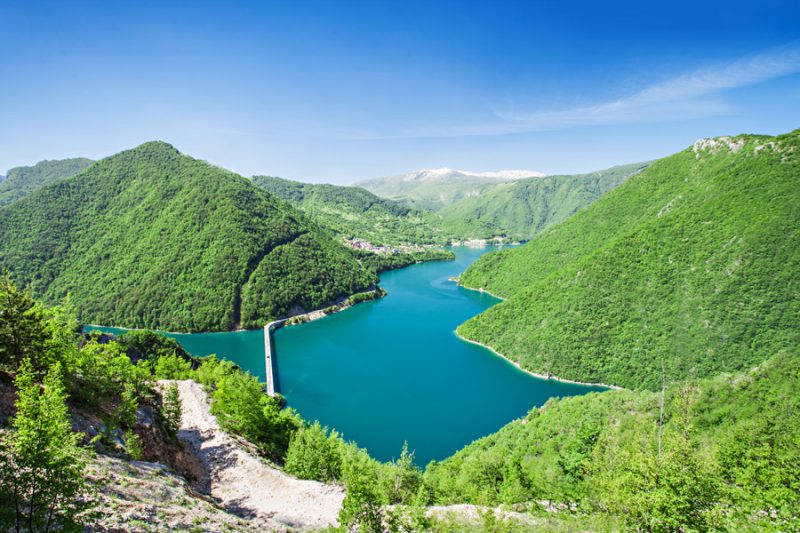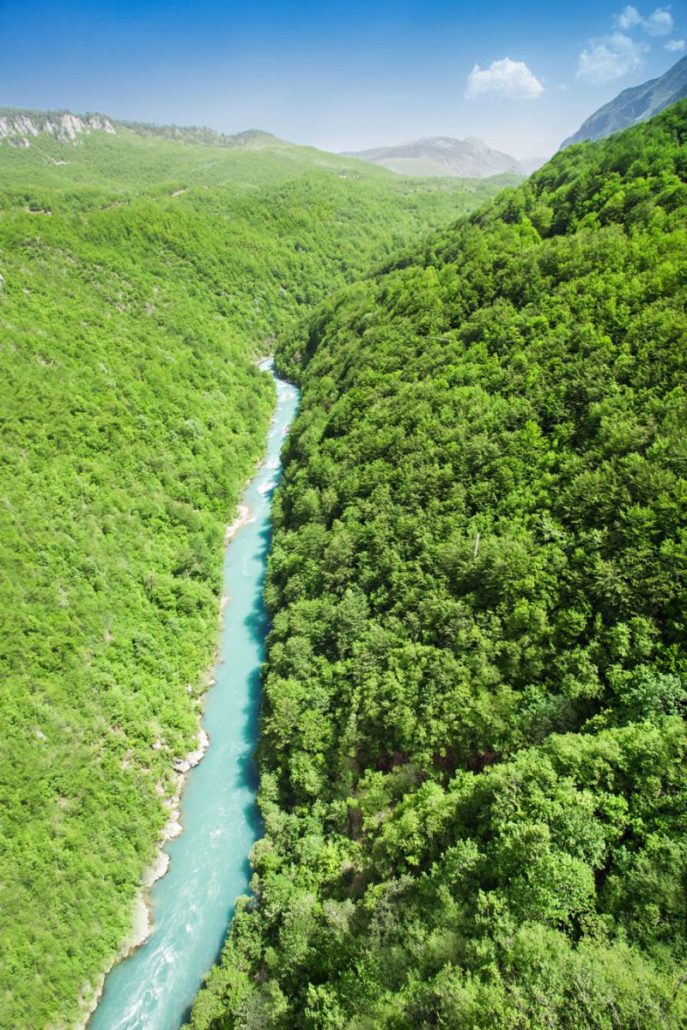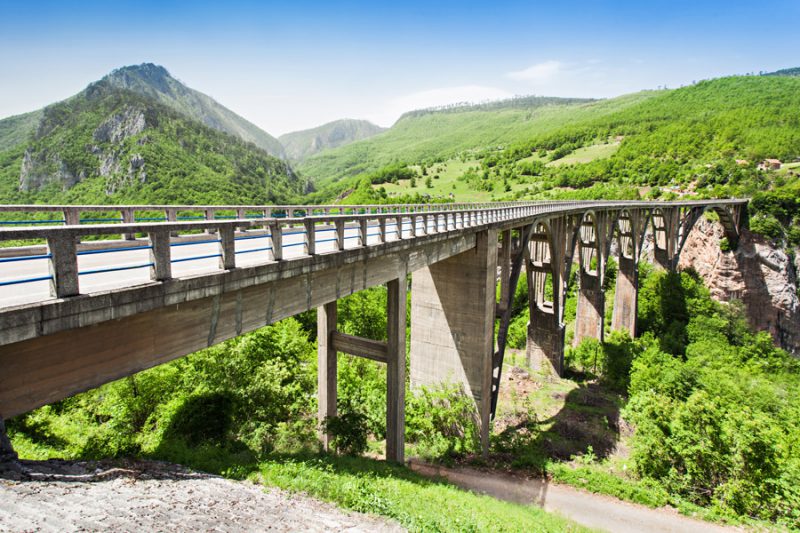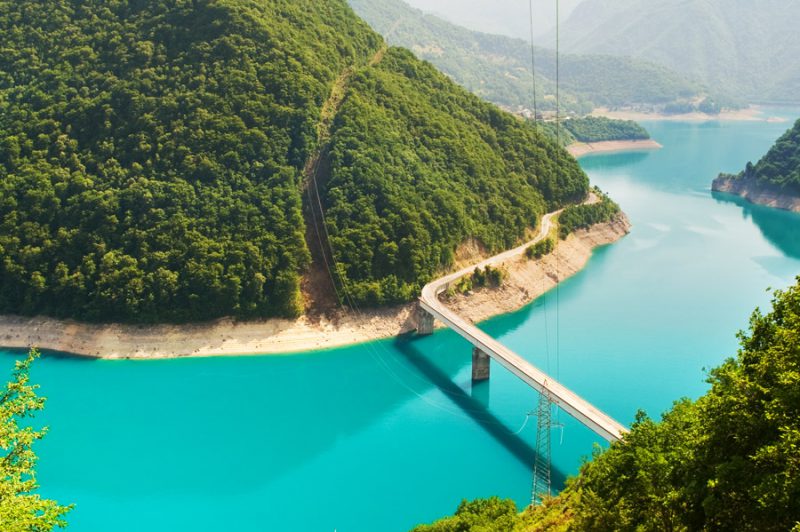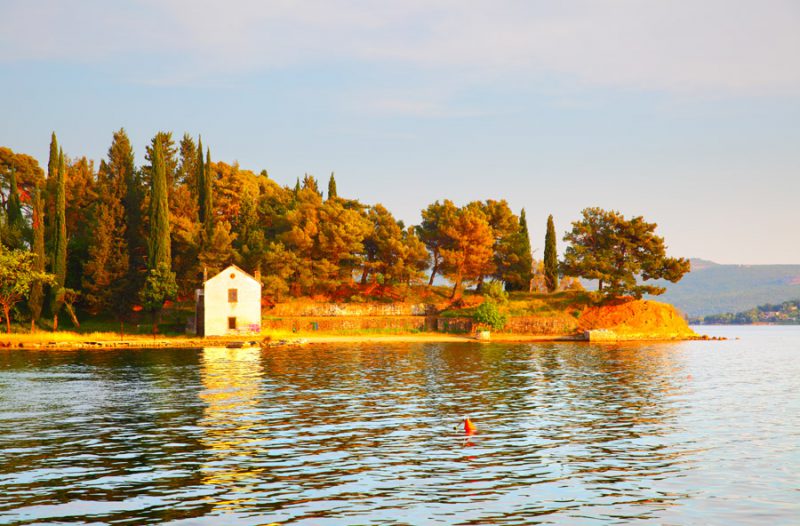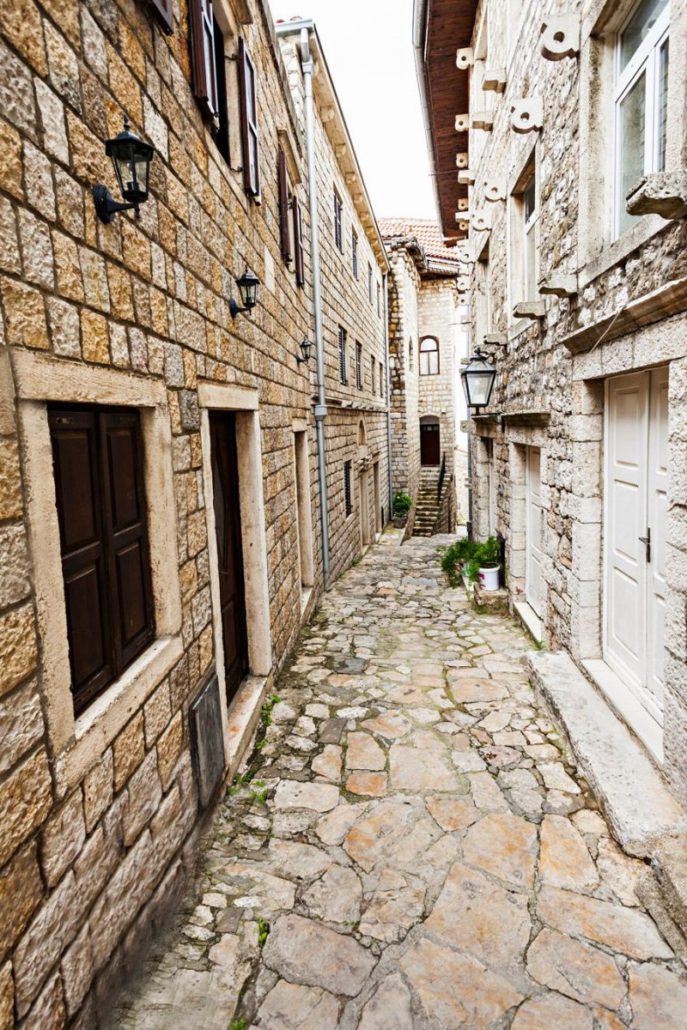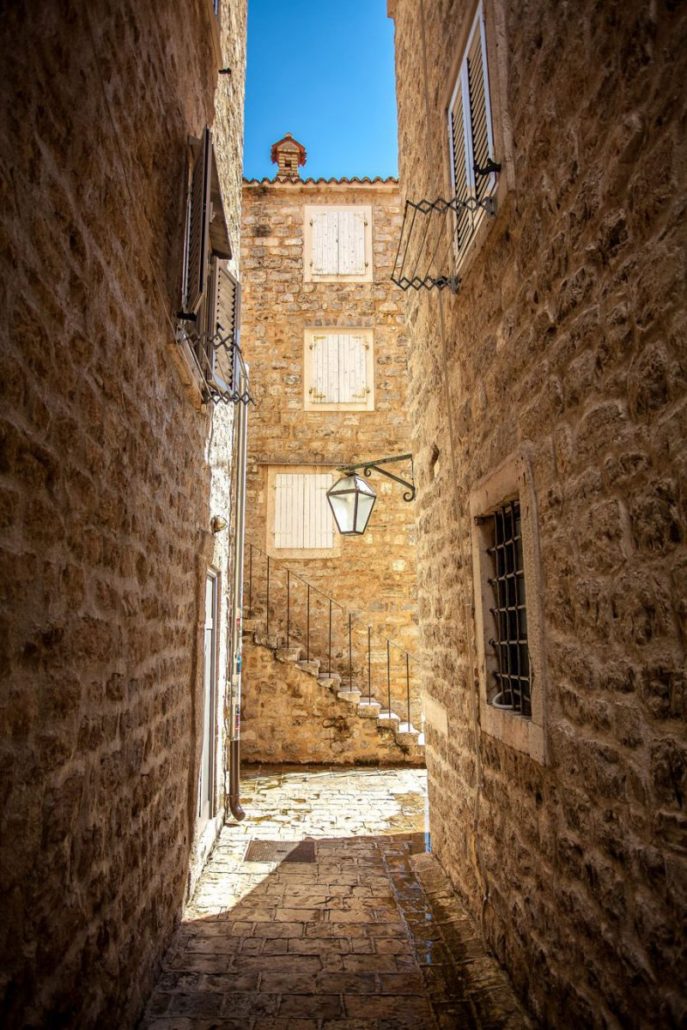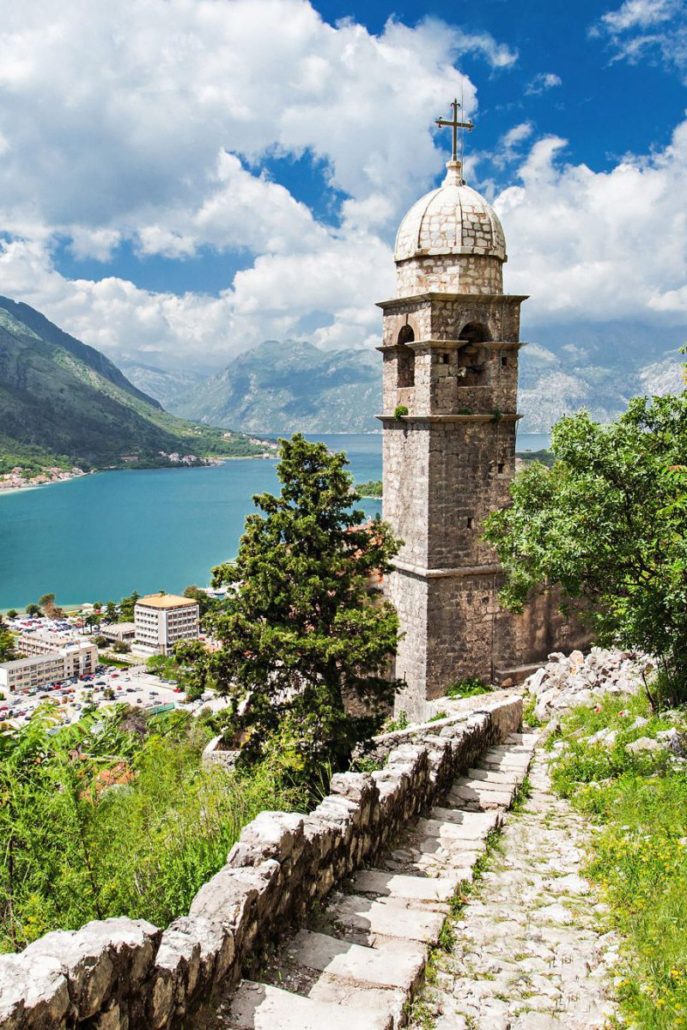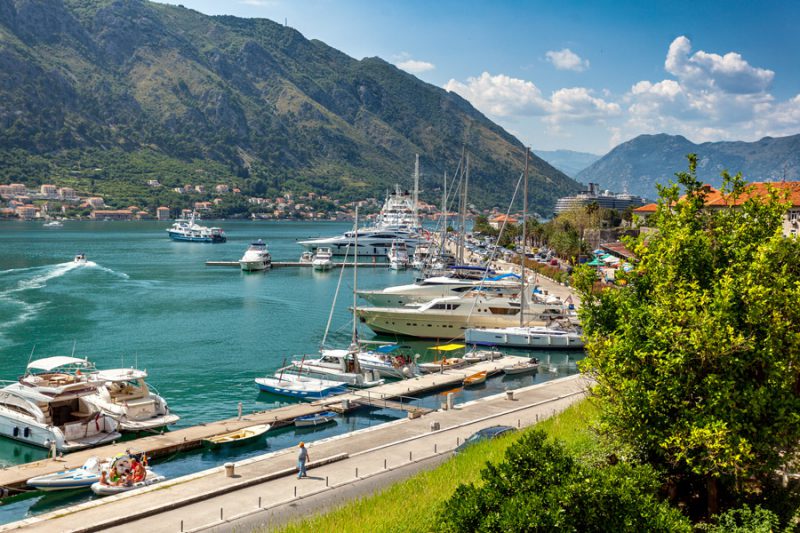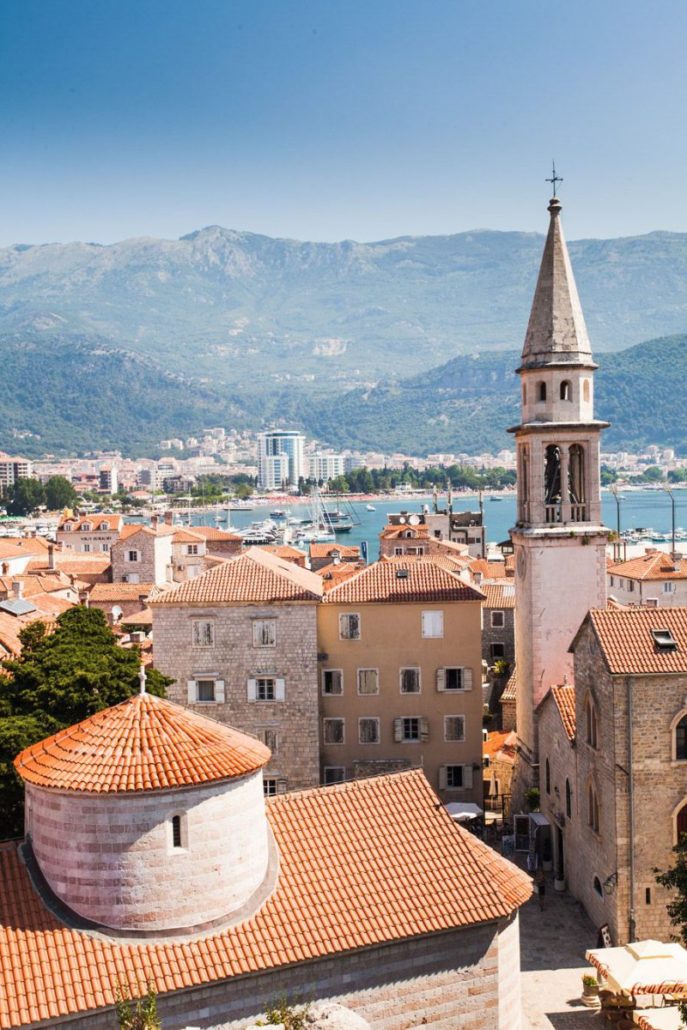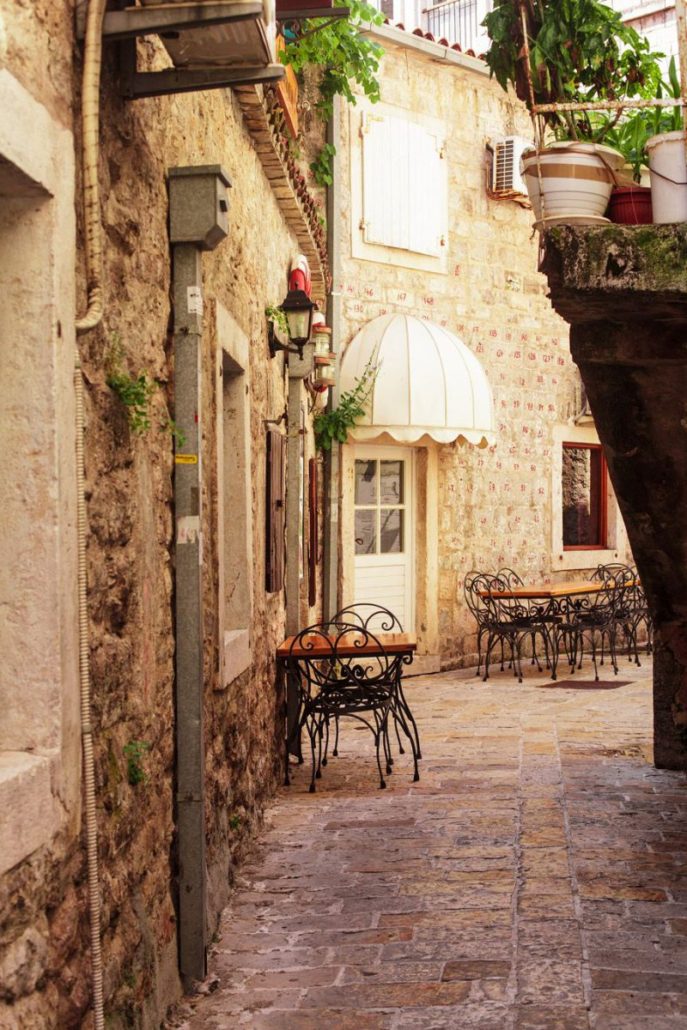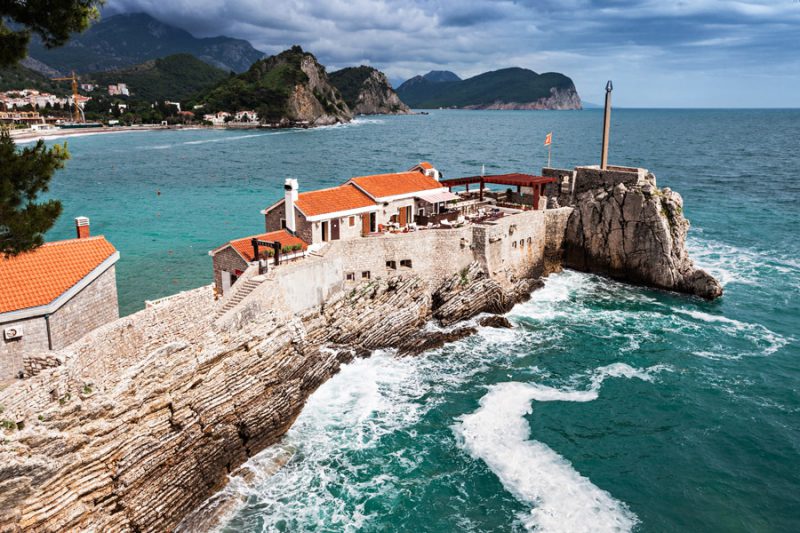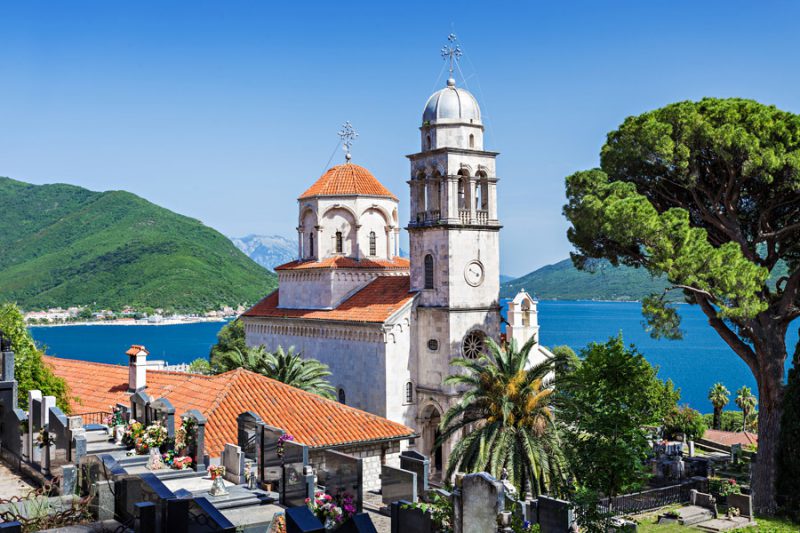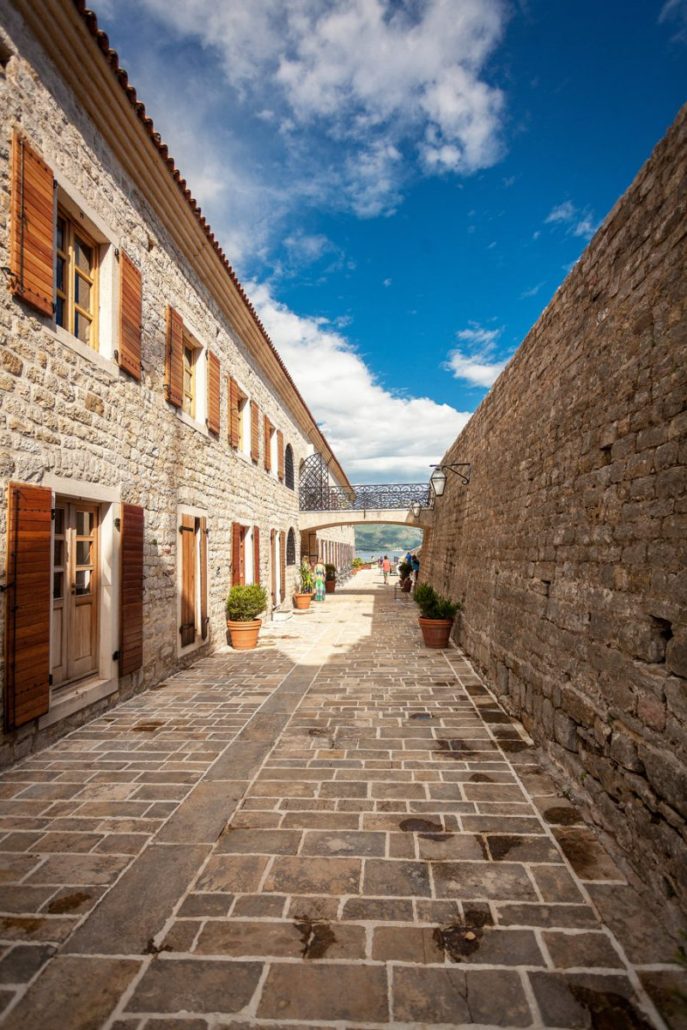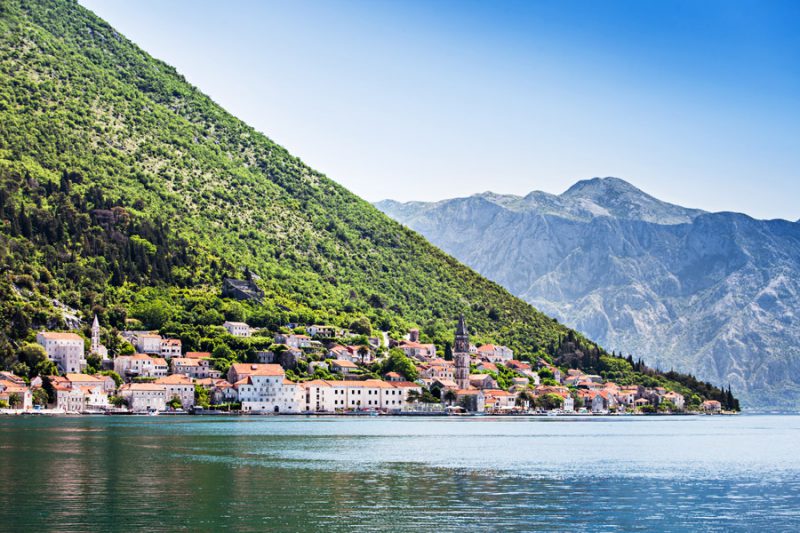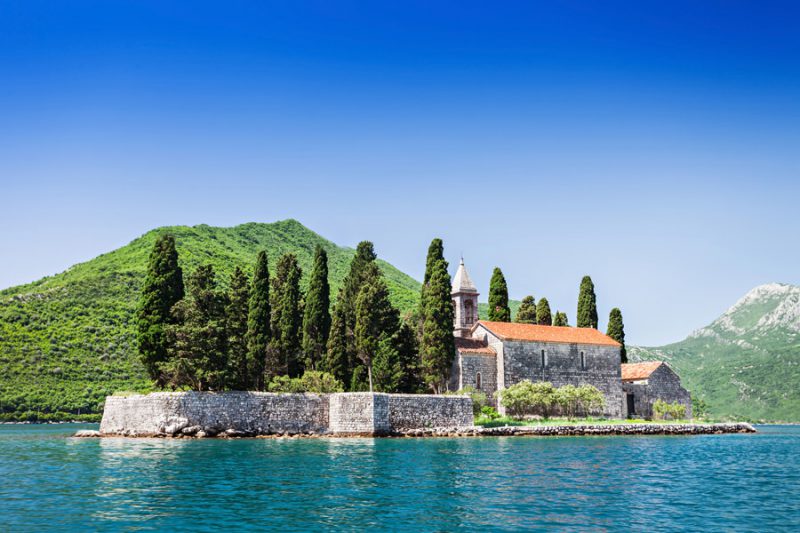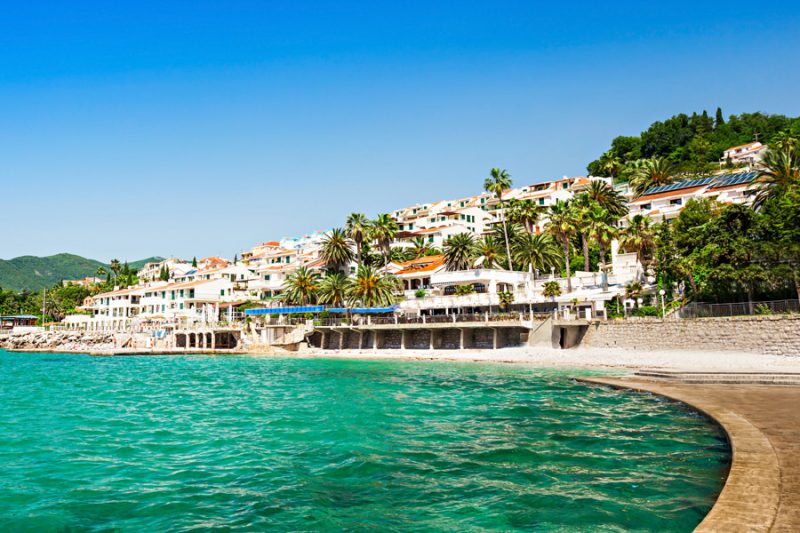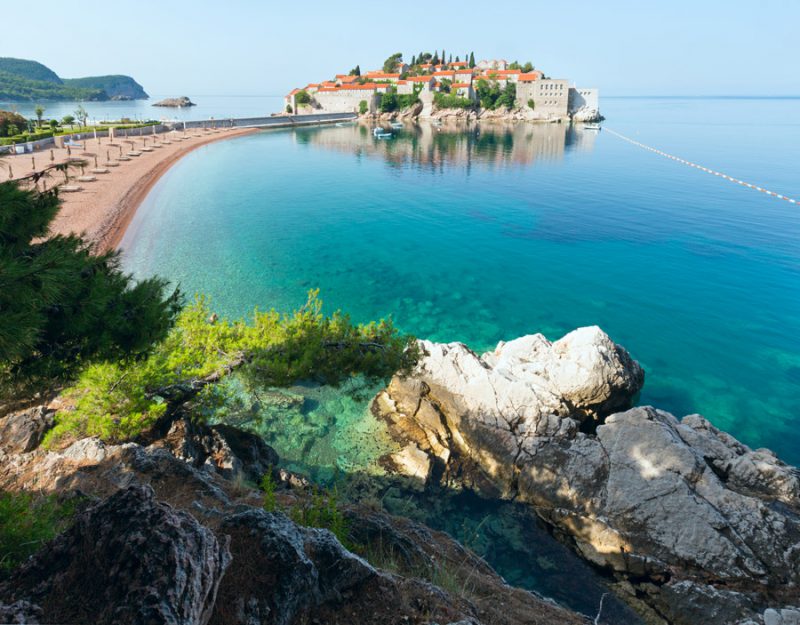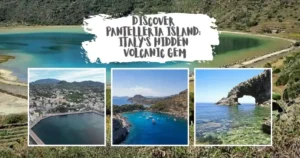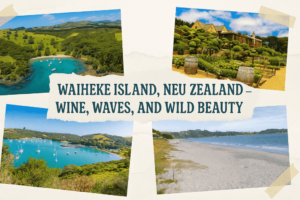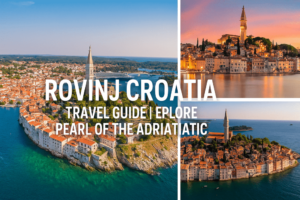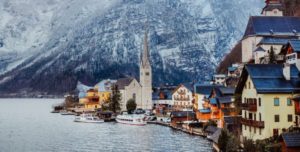Photo Trip to Picturesque Montenegro: Capture Nature’s Best Views
Montenegro is a true hidden gem of Europe, nestled between the Adriatic Sea and dramatic mountain ranges. With its wild landscapes, medieval towns, and sapphire-blue bays, it feels like a land made for photographers. If you’re dreaming of a photo trip where every corner offers a postcard-worthy scene, Montenegro might be your perfect destination.
Why Choose Montenegro for a Photo Trip
Montenegro may be small, but it packs an incredible variety of landscapes in a compact space. You can drive from high alpine lakes to sun-drenched beaches in just a few hours. That means more time for capturing shots and less time traveling.
There’s something timeless about Montenegro. Ancient stone villages cling to mountain slopes. Turquoise rivers rush through deep canyons. The coast glows golden at sunset. It’s a place where natural beauty and cultural heritage go hand in hand.
Best of all, it’s not as crowded as other European destinations. That gives you more freedom to explore and photograph in peace.
When to Visit for the Best Photos
The best time for photography in Montenegro is spring (April–June) and early autumn (September–October). These months offer ideal light conditions, fewer tourists, and comfortable weather.
Spring brings wildflowers, full rivers, and lush greenery. Autumn means warm colors, misty mornings, and calm seas. Summer has its charm, but the light can be harsh, and the coast gets busy.
If you’re into winter landscapes, the north turns into a snowy wonderland between December and February. Expect frozen lakes, snow-dusted villages, and crisp, clear skies.
Essential Gear to Pack
Montenegro’s diverse terrain calls for a versatile gear setup. Bring a wide-angle lens for landscapes and architecture. A zoom lens is great for mountains, wildlife, and distant churches. Don’t forget a tripod—sunsets and low-light shots are a must here.
A drone is an excellent bonus. Montenegro looks incredible from above, especially the Bay of Kotor and Durmitor National Park. Just make sure to follow local drone regulations.
Pack lightweight hiking boots, a rain jacket, and a power bank. A circular polarizer filter will help with water reflections and bright skies.
Highlights for Nature and Landscape Photography
Durmitor National Park
Located in the north, Durmitor is a UNESCO-protected area full of alpine lakes, limestone peaks, and deep gorges. It’s one of the top photo spots in the country.
The Black Lake (Crno Jezero) is especially photogenic at sunrise, with pine forests mirrored on its still surface. Try a short hike up to Mount Savin Kuk for a panoramic view over the valleys and peaks.
Tara River Canyon, nearby, is the deepest in Europe. Capture the turquoise river winding through steep cliffs from the Đurđevića Tara Bridge. If you’re lucky, you might catch whitewater rafters mid-ride for a dynamic action shot.
Biogradska Gora National Park
This lesser-known park is home to one of the last three virgin forests in Europe. Mist often rolls through in the morning, making for moody forest scenes.
Biogradsko Lake is the centerpiece, with peaceful reflections of trees and surrounding peaks. Boardwalks and quiet trails allow for close-up shots of ancient trees, mossy roots, and hidden mushrooms.
Lake Skadar
On the border with Albania lies Lake Skadar, the largest lake in the Balkans. It’s a paradise for bird watchers and landscape photographers alike.
The Pavlova Strana viewpoint is a must. From above, the lake curves like a horseshoe, wrapped in green hills. Visit during golden hour for dramatic shadows and warm tones.
Boat rides offer great photo opportunities of lily pads, birds, and abandoned monasteries on small islands.
Lovćen National Park
High above the Bay of Kotor lies Lovćen, with sweeping views of the Adriatic coast. The road up is steep and winding, but worth every turn.
The Njegoš Mausoleum at the summit gives 360-degree views that stretch all the way to Albania and Croatia on clear days. Early morning or sunset is best to avoid haze and get soft light.
The surrounding trails are filled with twisted black pines, old stone walls, and alpine flowers.
Bay of Kotor (Boka Bay)
Often called Europe’s southernmost fjord, the Bay of Kotor is one of the most photogenic places in Montenegro.
Start with Perast, a sleepy town with stone houses and baroque churches. From the waterfront, you can shoot the twin islets of Our Lady of the Rocks and St. George, which float just offshore.
In Kotor Old Town, narrow alleys, cats lounging in windows, and Venetian architecture offer endless subjects. Climb the fortress wall above town for a dramatic view over red rooftops and the bay.
Prokletije Mountains
In the far east, near the Albanian border, lie the rugged Prokletije Mountains. This area sees few tourists, but it’s a paradise for adventure and landscape photographers.
Expect sharp peaks, deep valleys, and remote trails. The Grebaje Valley is a great base with amazing views of jagged limestone ridges. It’s especially stunning at sunrise when the first light hits the peaks.
You’ll need decent hiking fitness and a car to get here, but it’s worth the effort for pristine, wild scenery.
Coastal Beauty and Hidden Villages
Ulcinj and Ada Bojana
At the southern tip of the country, Ulcinj is different from the rest of the coast. The town has an Ottoman feel, and the beaches are long and wild.
Ada Bojana is a river island shaped like a triangle, perfect for sunset shots. Wooden houses on stilts, fishermen at work, and kite surfers create a dynamic setting for photos.
Stari Bar
Not to be confused with Bar city, Stari Bar is a ruined town tucked into the mountains. Ivy-covered arches, crumbling stone houses, and wildflowers make this a moody, atmospheric location.
Go in the late afternoon when the golden light hits the ruins and casts long shadows. Bring a macro lens too—there’s plenty of detail in the old stones and plants.
Rijeka Crnojevića
This riverside village is a gem. The iconic stone bridge, calm waters, and surrounding hills make it a popular spot for drone and landscape shots.
Come early morning for mist over the river or at sunset for soft reflections. You can also rent a boat and explore upriver, where it’s quiet and full of wildlife.
Practical Tips for Photographers
Getting around Montenegro is easiest by car. Roads are narrow and winding but scenic. Gas is reasonably priced, and parking in small towns can be tight, so travel light.
Most parks have a small entrance fee (2–5 EUR), and some mountain areas charge extra for parking. National parks usually have marked trails and visitor centers.
Food is delicious and affordable. Expect to pay around 10–15 EUR for a full meal in a traditional restaurant. Don’t miss local specialties like Njeguški pršut (smoked ham), cheese, and fresh trout.
Lodging ranges from cheap hostels (10–15 EUR per night) to boutique guesthouses and mountain cabins. For photo trips, try to stay close to sunrise and sunset spots for easier access.
Locals are generally friendly, and English is spoken in tourist areas. Rural zones might be less touristy, but a smile and basic phrases go a long way.
Montenegro uses the Euro, and credit cards are accepted in most places. Still, bring some cash for remote areas and small purchases.
Safety and Comfort
Montenegro is generally very safe. Petty theft is rare, especially outside the cities. Still, use common sense and don’t leave gear unattended.
In the mountains, weather can change fast. Always check the forecast, bring layers, and don’t hike alone unless you’re experienced.
Tap water is safe to drink. There are pharmacies and clinics in every town. Bring sunscreen, especially in summer—coastal light is intense.
Cultural Moments to Capture
Don’t forget to photograph the people, too. Montenegro has a rich culture with traditions rooted in Orthodox Christianity, mountain life, and maritime history.
You might stumble upon local festivals, markets, or religious processions. Always ask before photographing people, especially elders or during ceremonies.
If you’re into portraits, head to remote villages or fishing towns early in the morning. People are more relaxed and curious, especially if you take the time to connect.
Final Thoughts
A photo trip to Montenegro is a journey through untamed nature, ancient history, and authentic Balkan charm. It’s ideal for landscape photographers, adventure seekers, and visual storytellers.
From misty mountains and deep canyons to calm lakes and quiet coastal towns, Montenegro offers incredible diversity in a small, accessible package. Bring your camera, your curiosity, and a love for raw beauty.
Montenegro is still under the radar for many travelers, which makes now the perfect time to go. Capture it before the crowds arrive.

